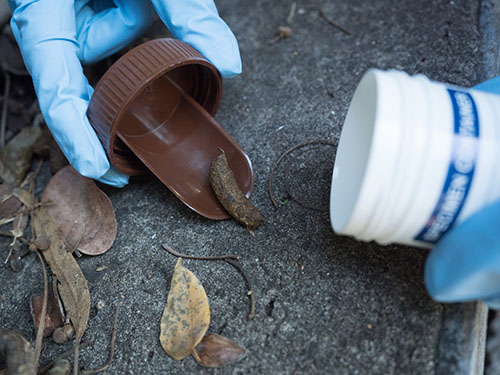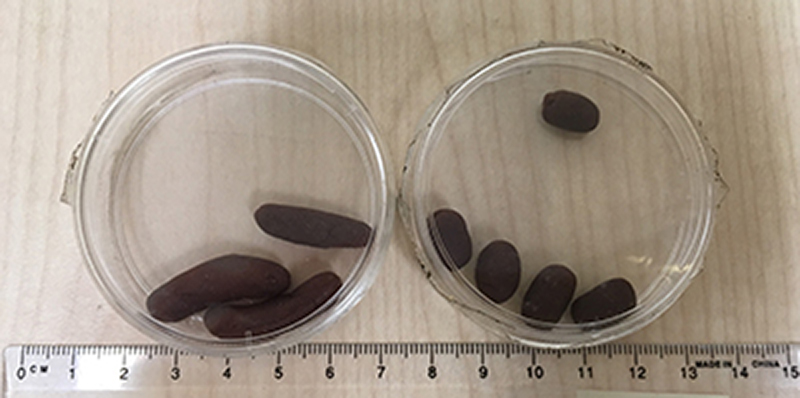U6535090-Tsz Fung Law
What is Scoop a Poop?
Scoop a Poop is a citizen science project to locate antibiotic resistance genes in the environment by studying brushtail and ringtail possum poop. This project is designed by scientists from Macquarie University and collaborating with Taronga Zoo and the University of Sydney. In ACT, they collaborate with the Woodland and Wetland Trust to expand the geographic range of their studies.
Last month, I attended a Zoom presentation held by the scientists from the Scoop a Poop team to understand the framework of the project. Then we volunteers were asked to scoop possum poop samples by a specially designed collection kit. I collected some brushtail samples from the Mulligan Flat woodland. As we are aimed to get some fresh possum poop samples, I went there in the early morning. Also, we used the Scoop a Poop app for locating and picturing samples. After that, I returned the collected possum poop samples to Forde Community Centre. Finally, the samples are sent to Macquarie University and screened in the laboratory for the antibiotic resistance gene.

Copyright – Macquarie University
Antibiotic resistance in Wildlife
Antibiotic is used for clinical, veterinary and agricultural practices. And antibiotic resistance is evolving and spreading among bacterial pathogens, which is a threat to human health. By urbanisation, we human are not only sharing cities with wildlife but also our bacteria. Antibiotic-resistant bacteria are those that have overcome the effect of antibiotics are spreading to wildlife. Studies have been found that antibiotic-resistant bacteria in penguins, sealions and flying foxes. However, we still do not know whether these antibiotic-resistant bacteria in our wildlife affect their health or not. Therefore, the Scoop a Poop project is aimed to locate antibiotic resistance genes in the environment and understand how and where the bacteria are moving from human to wildlife and potentially transferring back to human.
Why Possum Poop?
Wildlife poop contains commensal bacteria, and scientists can easily test these for antibiotic resistance genes. This can also measure the impact of antibiotic pollution on native wildlife. As we do not know how widespread antibiotic resistance is in the Australia environment, sampling wildlife poop is necessary for us to understand it. Moreover, possum poop is chosen for the Scoop a Poop study because possums are common throughout Australia, especially in urban areas. We knew that common brushtail possum is one of the most familiar and abundant species in Australia. Therefore, citizens could easily get involved in collecting samples just from their backyard or somewhere near. Having many citizens involved in collecting possum poop samples can maximize the geographic range of the study, although their sampling effort might be varied sometimes. It is exciting to see that many schools and community groups were participating in the Scoop a Poop project
How to Identify Possum Poop?
Brushtail possum poop is generally 2 to 3 cm long with rounded ends and ringtail possum poop is shorter and rounder than brushtail poop. Also, fresh and moisture samples are preferred as it is easier for scientists to screen in the lab for antibiotic-resistant bacteria and specific antibiotic resistance genes.

Copyright – Macquarie University
